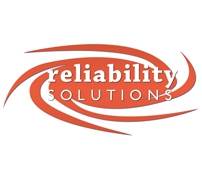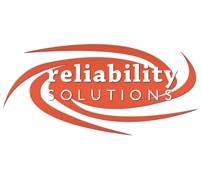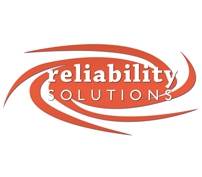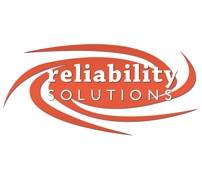- Contact 0870 350 7767
- |
- Advertise
Why do Reliability Engineers continually refer to very old military standards...
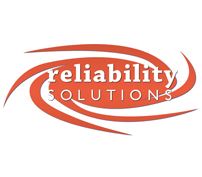 News and PR from Reliability Solutions - Published 30 March 2016
Why do Reliability Engineers continually refer to very old military standards to set up Accelerated Life Testing ?
News and PR from Reliability Solutions - Published 30 March 2016
Why do Reliability Engineers continually refer to very old military standards to set up Accelerated Life Testing ?Nowadays stimulating defects in complex consumer products is a significant challenge. HALT chamber makers will tell you they can find as much as 90% of the productÂs Âlatent defects in a short high stress test with only Random Vibration and Thermal Cycling. Although HALT is a very useful tool it certainly does NOT stimulate the wide range of latent defects in a newly developed consumer product.
So what can the Reliability Engineer do ? Refer to some magic standard ? Of course not, the engineerÂs challenge is to look at the sub-assemblies making up the complex product and develop strong stress tests for each sub assy. The reason for this is that different sub-assemblies have very different technologies and material, hence Âone stress test fits all will be useless !
The Reliability Engineer must consider the Design Limits of each sub-assembly and the materials / components which are used to decide on most appropriate stress test required to transform any latent defects into patent defects that can be failure analysed. This may mean one sub-assembly may react best to Thermal Shock followed by Random Vibration for mechanical defect stimulation while another electronic sub-assembly with SMD components may require periods of thermal shock followed by slower ramp rate thermal cycling plus periods of high temperature with humidity and power cycling / voltage change to stimulate weak components and poor solder joints to point of failure.
Also the engineer must consider the ÂTest Strength, of the proposed stress test to maximise probability the stresses applied can stimulate the defects that may exist, but this discussion can be left to another day.
In summary, the Reliability EngineerÂs task is regularly under rated and their contribution under valued by those without the power of knowledge in Reliability.
We all of course look to change this as Reliability and associated warranty failure costs become a far more important factor in the future profit of new consumer products.
If you would like any information on planning new product stress testing feel free to contact Reliability Solutions via their website, www.reliabilitysolutions.co.uk
Other announcements from Reliability Solutions
-
Managing & Improving Reliability within Electronics Product Design 3rd 4th April 2017 Penang, Malaysia
Set up and manage World Class Electronic Reliability Improvement Programmes to drive Failure Rate Reduction
24 Jan 2017
-
Reliability Solutions and PETRO1 Malaysia The latest connection
Reliability Solutions continues to link up with recognised Quality / Reliability Consultants worldwide to provide the full range of Consultancy Services to a wider range of companies. The latest announcement is the linking of Reliability Solutions with PETRO1 of Malaysia .
12 Jan 2017
-
Reliability White Paper
In an effort to bring ever increasing value to our customers, Reliability Solutions and Oaklands Consulting have collaborated to bring you this Reliability White Paper.
01 Nov 2016
-
Reliability Solutions has now formed a partnership with Oakland Consulting
Reliability Solutions has now formed a partnership with Oakland Consulting to bring to bear over 30 years of deep technical testing and development experience for our clients.
25 Oct 2016
-
Reliability & The Coffin-Manson Model
The Coffin-Manson model was originally developed to model thermally induced metal fatigue failures.
30 Mar 2016
-
How do we improve our understanding of Reliability and Expected Failure Rate
How do we improve our understanding of Reliability and Expected Failure Rate at the Design Stage of a new electronic product ?
30 Mar 2016
-
Why is Early Life Reliability more important than MTTF for consumer products ?
The Electronics Industry has grown so quickly over the last 10 years..
30 Mar 2016
-
Did you know you can IMPROVE Reliability by...
Did you know you can IMPROVE Reliability by Measuring and Improving Design Maturity.
30 Mar 2016
-
The importance of Early Life Reliability
Too many companies ignore the fact that most electronic products will have some form of Early Life failure rate...
30 Mar 2016






